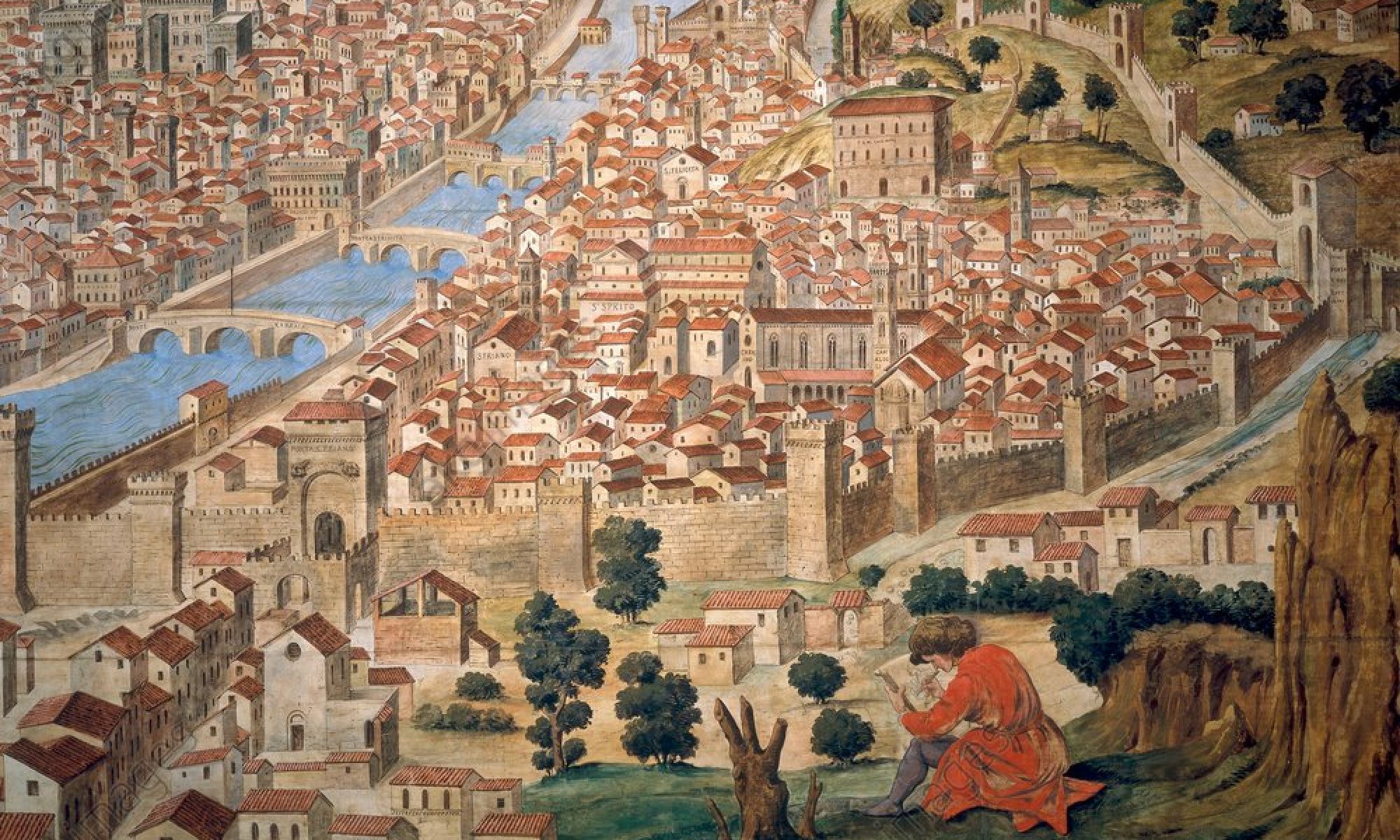
The Duke died on 14 September 1852, in Walmer Castle on the South coast of Kent, this had been his official residence as Lord Warden of the Cinque Ports. This post was the last of The Duke’s military and government offices he had held. The Duke had been, in turn, Warden of the Tower of London, Commander-in-Chief of the British Army, and, Chief Ranger of Hyde Park and St James Park, Leader of The House of Lords, Lord High Constable of England, Prime Minister and at various times Secretary of State for Foreign Affairs, Home Department, for War and the Colonies and Minister without Portfolio. In short a great statesman and advisor for three monarchs (George IV, William IV and Queen Victoria).
Born in 1769, he was 83 years old and still working; his retirement was only half-hearted as his many honorary positions, along with his near legendary status within Victorian society, led to additional work and calls for advice.
On the morning of 14 September, The Duke’s Valet, Kendall entered his master’s modest bedroom within the castle at 6 o’clock in the morning. The Duke did not apparently move when the fire was laid, despite the clattering of a poker in an iron grill. Only when Kendall entered a second time, this time to open the wooden shutters did the Duke stir.
Kendall recalled he told the Duke that it was getting late, as he rose early, he responded:
“Is it? Do you know where the apothecary lives?”
“Yes, at Deal, your Grace.”
“Then Send for him. I wish to speak to him”.
Deal is the next town to Walmer, less than a kilometre away, and so Kendall sent for the apothecary to come at once. When he arrived the Duke complained of “some derangement” and held a hand up to his chest. The apothecary obviously felt it was no serious condition, he felt the elderly Duke’s pulse and prescribed an ammonia stimulant, after which he returned home, promising to return later.
The Duke’s condition, sadly, did not improve. It is now believed that he had suffered a stroke overnight or a series of small seizures, which given his age, he was unable to recover from.
Kendall, a ever attentive valet asked the Duke if he would like some tea, which he normally took with sugar, the Duke responded positively, “Yes, if you please”. These were the last words he ever spoke.

On the apothecary’s return the Duke was not conscious, so a doctor was sent for. A few different remedies and poultices were tried, but the Duke did not seem to return. Kendall proposed that they moved him from the camp-bed to the nearby chair, a favourite wing-back. All present agreed to move him there. It was now half past 3 in the afternoon, the Duke of Wellington was quite motionless and gently he passed away.
A mirror was put near his lips, but no breath showed on the glass. This was shown to all in the room
Queen Victoria was deeply upset and refused to accept the news at first. She called the country’s loss “irreparable” and continued, “He was the GREATEST man this country ever produced, and the most devoted and loyal subject, and the staunchest supporter the Crown ever had”
The wishes of Queen Victoria were to include both Houses of Parliament in the arrangements for the funeral, but as the houses were not sitting, they had recently been prorogued, there was therefore a further delay in the final arrangements until Parliament could meet. During this time, and because the Queen had not received formal approval from Parliament, it was agreed that the Duke’s body would remain at rest at Walmer Castle.
It was also Queen Victoria’s wish that the Duke would, at great public expense, be interred in St. Paul’s Cathedral. After all formal arrangements were made, work on the organisation and preparation for the funeral began under direct supervision of Prince Albert, such was the importance given to the Duke’s passing. Prince Albert worked closely with Lord Derby and the Home Secretary Spencer Walpole to arrange one of the largest funerals ever seen, certainly given the population size of the time, an estimated 1 million or more lined the route of the 2 mile procession from Horse Guards to St Paul’s via Apsley House and Wellington Arch, the route was extended to allow for the volume of spectators. There was a national outpouring of grief as it signalled the end of not only a great man’s life, but also an era passed with The first Duke of Wellington.

This post was written by Marcus Cribb, who is the Site Manager at Apsley House London and in my opinion the best kind of person: someone who admires wellington as much as I do. Please find more of his writings here. https://www.dukeofwellington.org/blog













You must be logged in to post a comment.